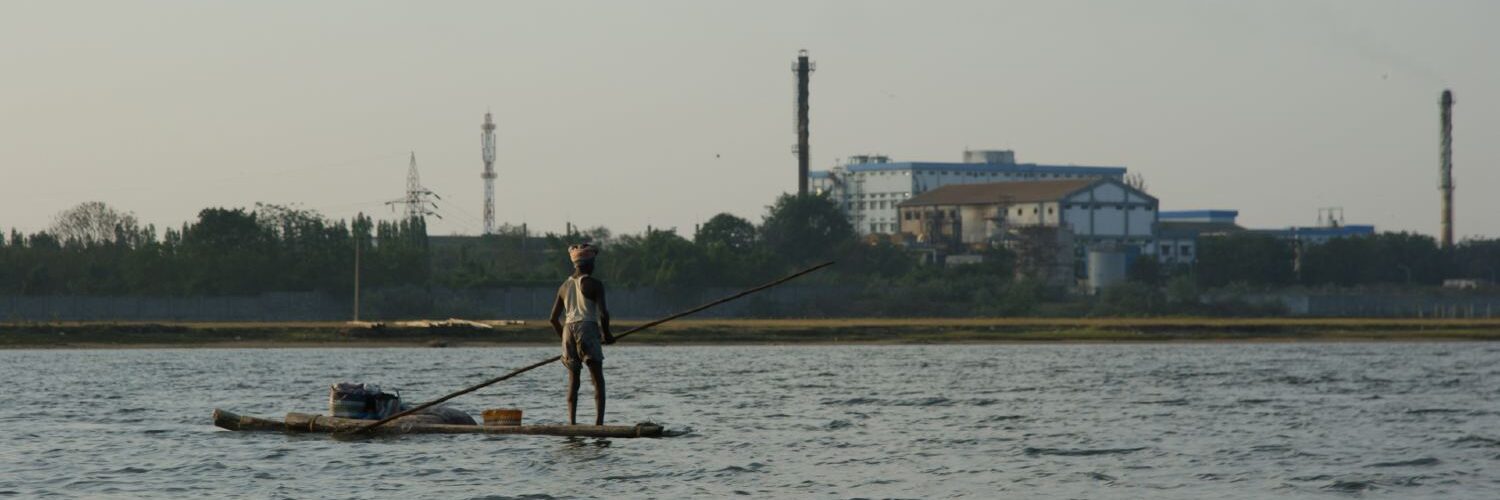21 June 2010
Gokul Chandrasekar
Express News Service
MORE skeletons have tumbled out of Tamil Nadu Pollution Control Board’s (TNPCB) closet relating to its actions on the Kodaikanal mercury leak cleanup, this time in the form of false claims in its status note to the Union environment ministry and specifying cleanup standards that have not been scientifically validated.
Following an alarm raised by activists in early March this year on the dilution of mercury remediation standards at the contaminated sites in Pambar Shola forest from 10 mg/kg to 25 mg/kg, secretary to Union environment minister Rahul Bojja wrote to the pollution control board seeking an explanation. In response, TNPCB chairman on March 20 submitted a detailed status note to Bojja.
A copy of the note accessed and reviewed by Express shows certain claims made by the TNPCB to be inaccurate, if the RTI replies provided by the board itself are anything to go by. For starters, the status note claims that the local area environment committee that was constituted by the pollution board on the recommendations of the Supreme Court Monitoring Committee (SCMC) in 2004 to monitor the cleanup, was dissolved by the SCMC itself. However, replies to RTI applications show that neither the SCMC directed the pollution control board to dissolve the panel nor has the board dissolved it till date.
“The role of the local area environment committee and working committee has been crucial in the monitoring of the cleanup. The discovery of mercury dumping was not made by the pollution control board but by locals and workers of the factory. The working committee comprising locals also ensured removal, containment and export of more than 270 tons of mercury scrap to USA in 2003. However, after 2005 the board never convened both the working committee and local area committee meetings. Now, in the status note, the pollution control board claims that the local committee has been dissolved when no records of dissolution exist,” said Navroz Mody, a member of the working committee.
“The entire status note presented to the ministry also masks the violation of the SCMC’s directives to the board. The National Environmental Engineering Research Institute (NEERI) was to be engaged by the pollution control board as an independent assessing agency, according to the SCMC’s directives. Instead, it was engaged by Hindustan Lever as a paid consultant,” pointed out Nityanand Jayaraman of Corporate Accountability Desk, an NGO. He has written to Union Minister of Environment and Forests Jairam Ramesh pointing out the inaccuracies in the status note. “Further, NEERI was directed to submit a report on machinery decontamination and soil remediation to the working committee. But decontamination began without a report being submitted to the local and working committees thereby avoiding public oversight. The status note masks all these issues,” he added.
Another submission in the status note inadvertently revealed that the diluted remediation standard of 2025mg/kg, prescribed by Hindustan Lever’s consultant ERM, was not based on scientific validation or empirical data but purely on probabilistic means. So, on what basis did the scientific expert committee approve the non-validated and diluted standards proposed by ERM? The note is silent on that.
The pollution control board and the experts committee are now planning to get the risk analysis report revalidated through a national institution like Indian Institute of Toxicology Research. However, according to environmentalists, it is not revalidation but a fresh risk analysis that is the need of the hour. “Revalidation will only examine if the standards are safe for residential purposes. But we are not just talking about residential standards. We are talking about a sensitive ecosystem rich in biodiversity that will be a sitting duck to mercury poisoning,” said Jayaraman.
